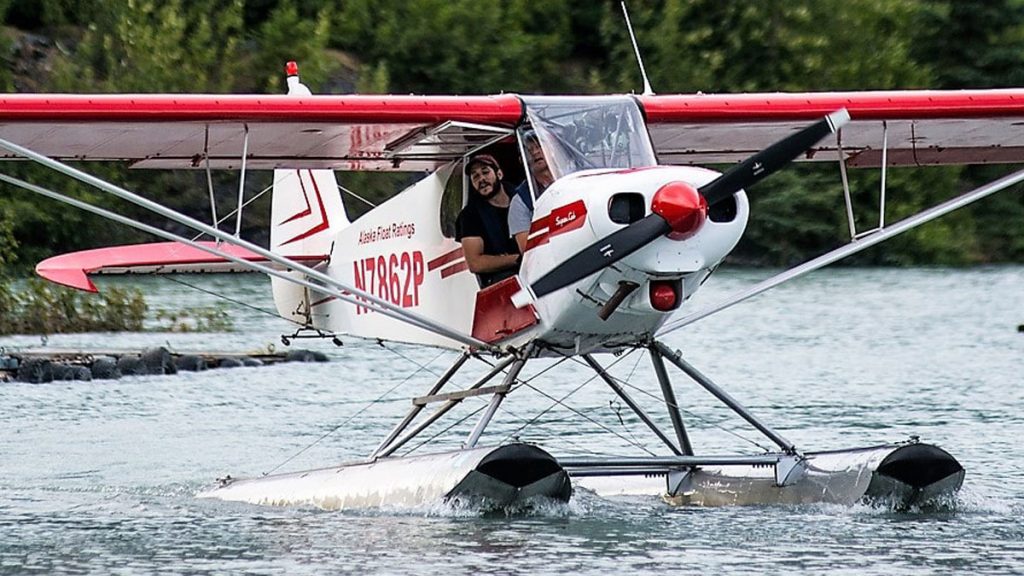AFR Downloads
“Before anything else, preparation is the key to success.”
-Alexander Graham Bell
We’re looking forward to flying float planes with you! We want you to enjoy the experience but also to be comfortable with the procedures and systems of the aircraft and be prepared for your checkride when that time comes.
We’ve compiled some training materials to help you prepare – all in one easy-to-find location.
Piper PA-18 Material
Our float plane courses are generally flown in one of our Piper Supercub PA-18 aircraft (though we have a Cessna 172 available upon request). Below you can find the PA-18 manuals, procedures and systems documents that we recommend studying.

PA-18 FUEL SYSTEM
Alaska Float Ratings Float Plane Specific Study Guides
Float Plane Flying Rules of Thumb
Aviate, Navigate, Communicate
As with all things aviation, prioritize your tasks. Always fly the airplane first, navigate second and communicate as able.
Wear only non-polarized sunglasses
Polarized lenses can interfere with seeing out of the aircraft’s windscreen by enhancing striations in laminated materials. Especially on and over water, glare can be helpful for safe operation.
Marry the shoreline
Use the shoreline as a reference when landing or taking off, especially on glassy water landings and emergency landings.
Find the optimum planing angle
There is a sweet spot on the step that provides the least amount of hydrodynamic drag and allows for the quickest acceleration.
Power on landing attitude
When landing, if using power after landing attitude is set, DO NOT reduce to idle until ON the water.
Wave rise equals power rise
When taking off on rough water, apply power as the nose begins rising up the wave.
Find a reference for descending turns
NEVER make descending turns over glassy water without a visual reference.
Pick an abort point
Before any takeoff, especially on short lakes, pick an abort point.
Add power to a step turn
When beginning a step turn, simultaneously add power.
Every landing is an off-airport landing
Operating off-airport requires high performance from pilot and aircraft and acquiring the knowledge and experience to conduct these operations safely takes time. Do not take it lightly.
LOOK – THINK – CHOOSE – APPLY
The best success in float flying comes when you take methodical, deliberate action. Assess your environment, think it through, make a decision, then take action.
FAA Guides and Documents
TIPS ON MOUNTAIN FLYING


